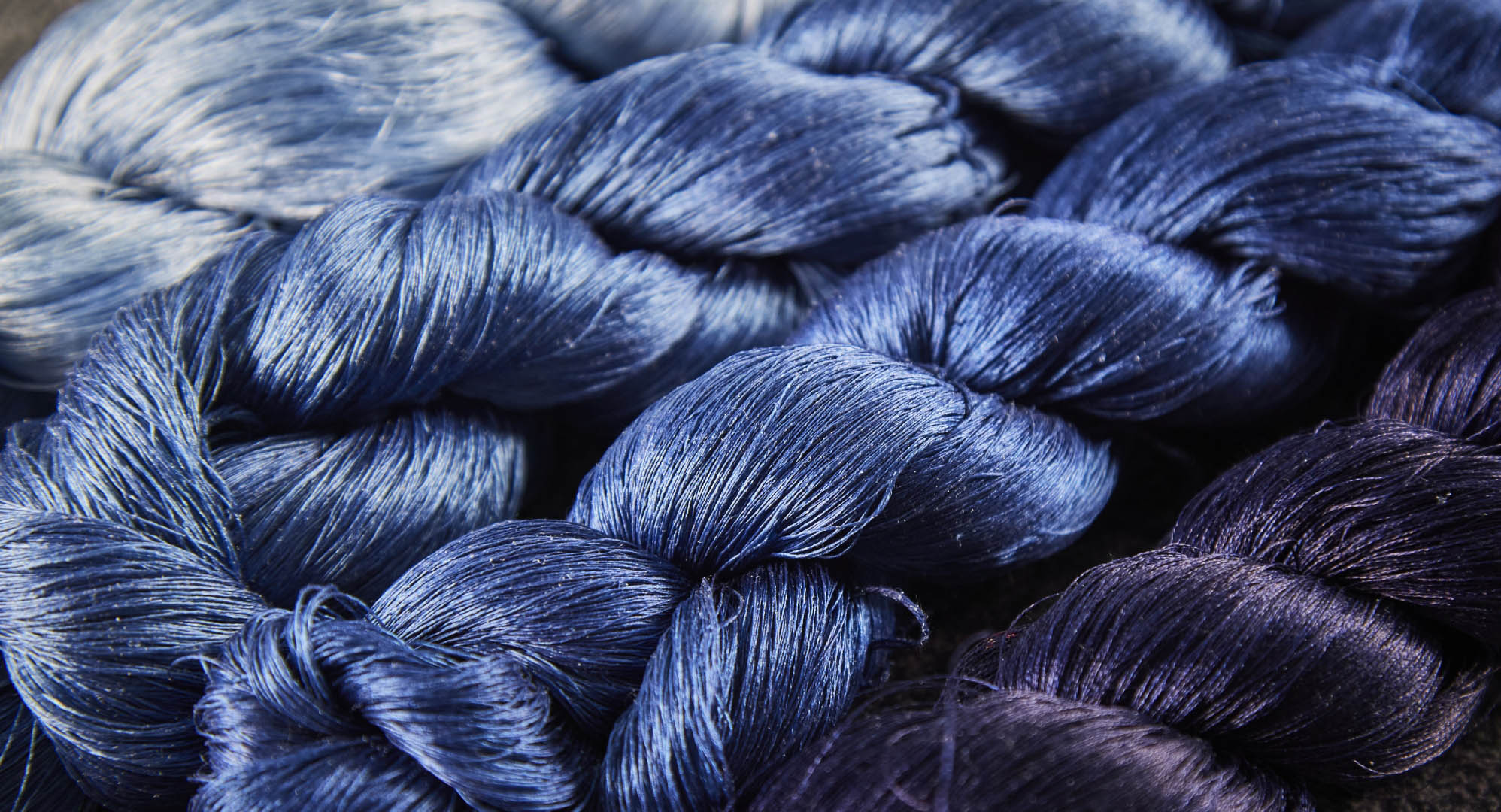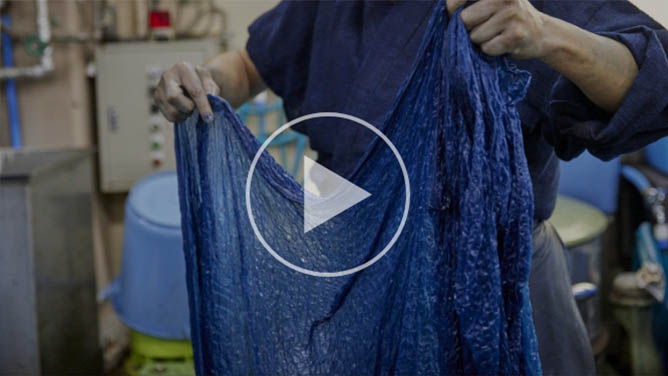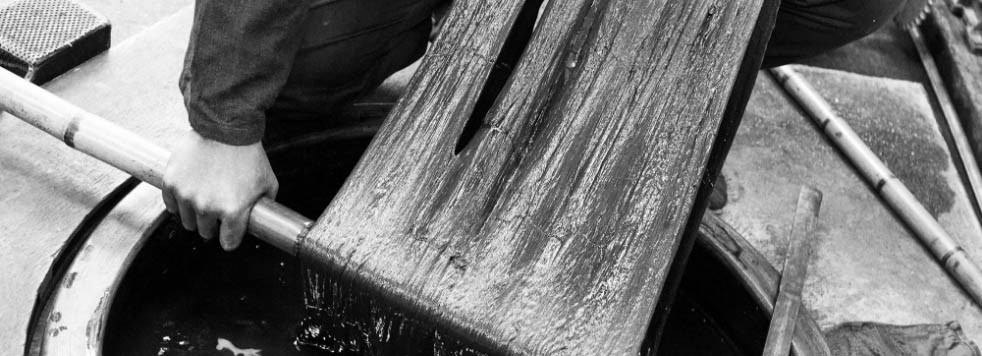Indigo – Forged from the power of Mother Nature
Something dyed in such a blue colour somehow evokes a sense of nostalgia. The colour that aizome dyeing manifests has been central to daily life since ancient times, and has long been recognised for its allure throughout Europe and America and is referred to as “Japan Blue”. The dye is created from the persicaria tinctoria plant (Dyer’s Knotweed) and all subsequent ingredients used in the process are 100% natural. As the ingredients are all-natural, the artisans go through a laborious yet caring process of “communication” with the dye over a period of a year before it is deemed mature. Artisans’ attentive efforts and pride in passing down the tradition, whilst maintaining respect for Mother Nature, this is how we create the true beauty that is indigo.
Japan blue
Indigo – Nature’s
oldest dye
It is said that Ai (indigo) is the world’s oldest dyeing technique and the only type of dye that provides a deep rich blue colour using only natural materials. Its history in Japan is rich and dates back to the Heian period when the cultivation of the persicaria tinctoria plant began. The deepest shade of blue is referred to as Kachi-iro and due to its homonym with the term “victory colour”, during the Kamakura period, warriors would dye the clothing worn under their armour in this deep blue shade.
Indigo not only holds such superstition, but it also has antimicrobial and deodorising properties, as well as insect-repelling properties which were practical attributes particularly important for the period.
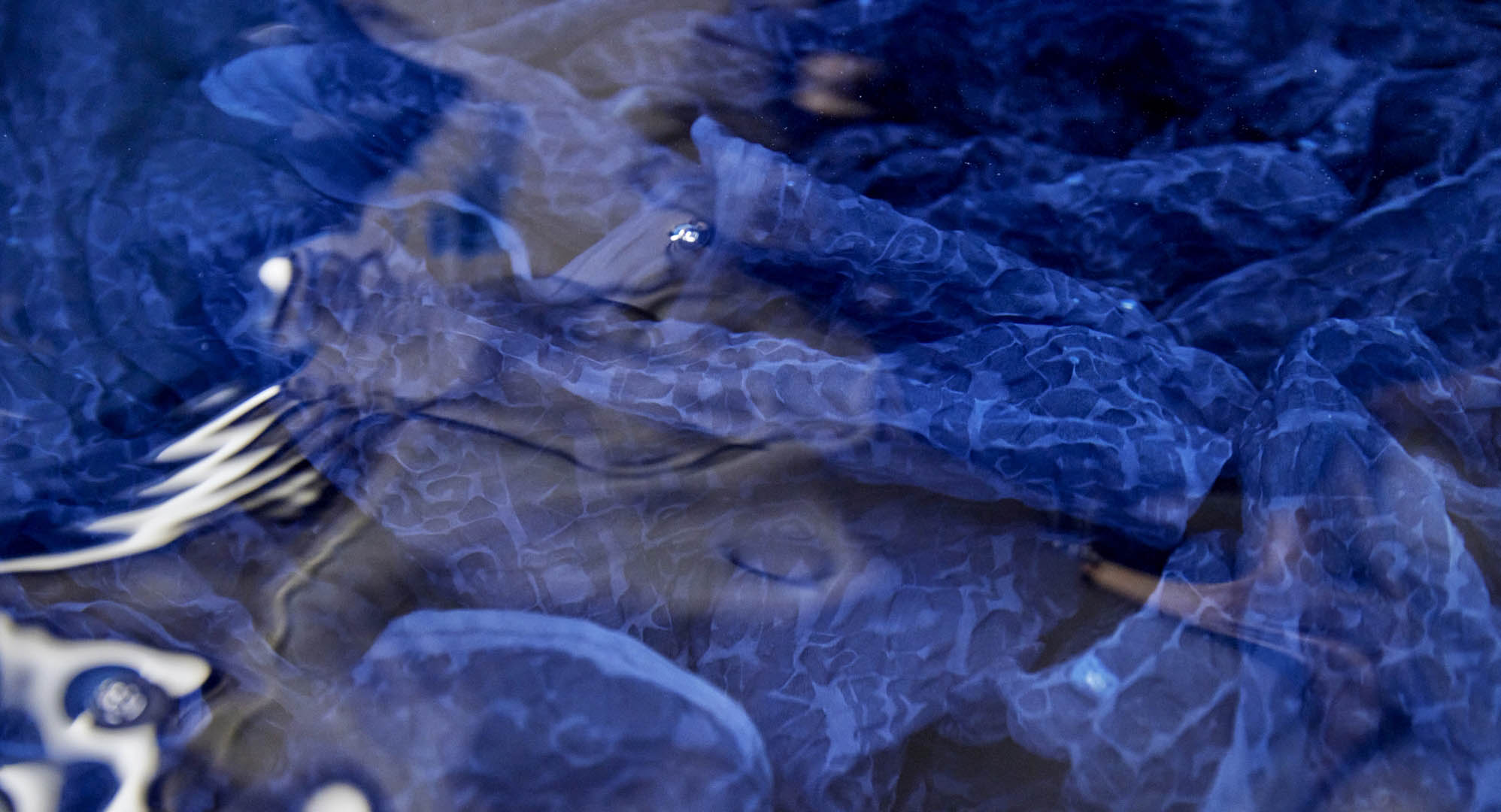
Deep rich Japan Blue
When chemist Robert William Atkinson visited Japan during the Meiji period, upon seeing the blues in which various fabrics such as noren curtains were dyed, he felt Japanese elegance was truly captured by the colour which led him to coin the term “Japan Blue”.
With over 1,300 years of history in Japan as a 100% natural dyeing technique, it has been designated as a national technique for conservation.
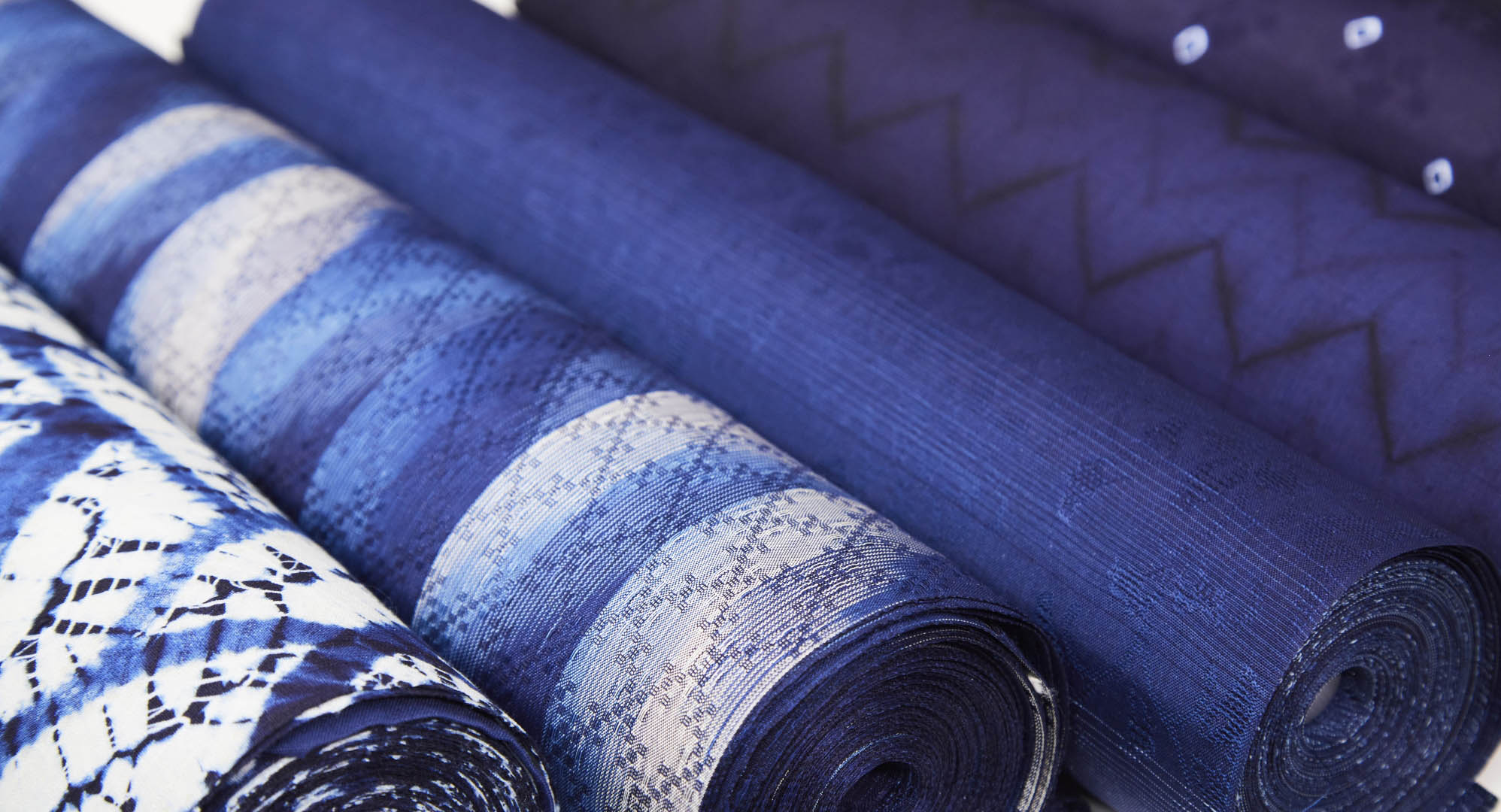
Continuing the love
for indigo
During the second world war, cultivation of persicaria tinctoria was prohibited. This meant that there was a very real risk of the art and technique ceasing to exist. However, as is evident, it lives on and it is in no small part due to the artisans who had put their all into protecting and preserving the art to this day. In particular, Heisuke Satō, 17th generation successor of a Tokushima indigo dye house, whose efforts, despite the war and the prohibition that came with it, went into preventing the erasure of this cultural heritage and ensured its livelihood. During the Edo period, the highest quality persicaria tinctoria known in the industry as zui-ichi was cultivated only in Tokushima prefecture by the house of Satō.
Our products are created under the grace of nature, brought to life by artisans under the spell of indigo, to bring you the true luxury of true indigo.
